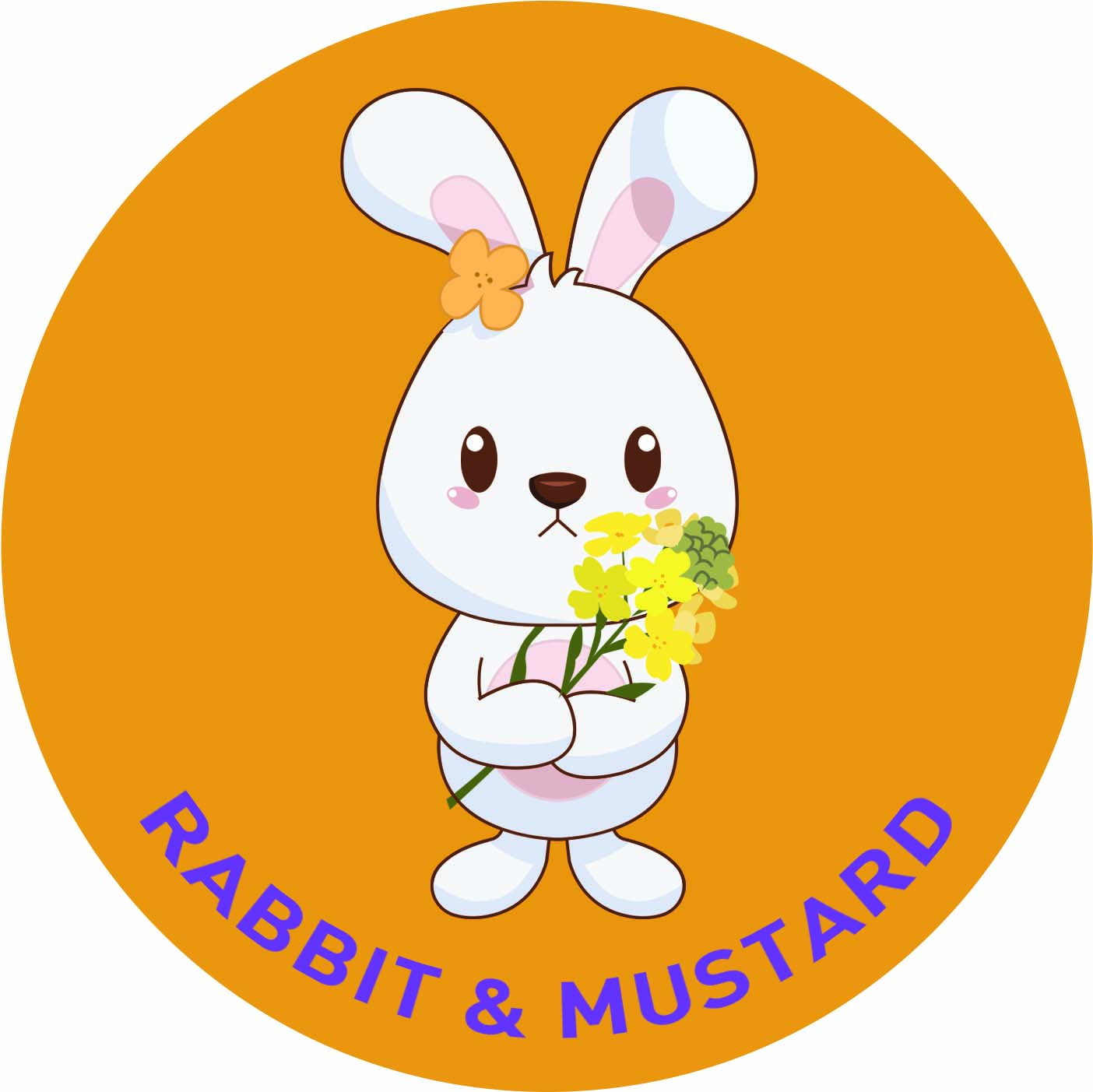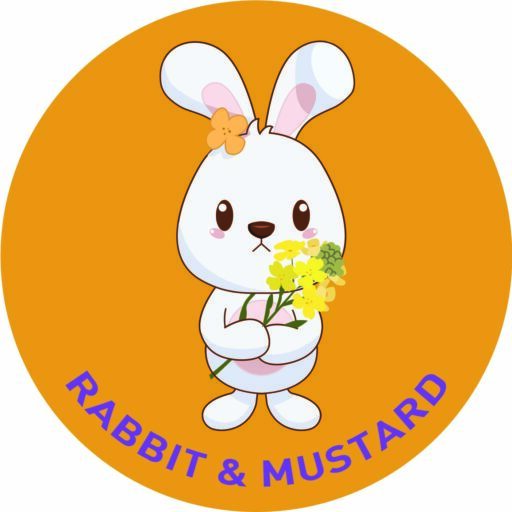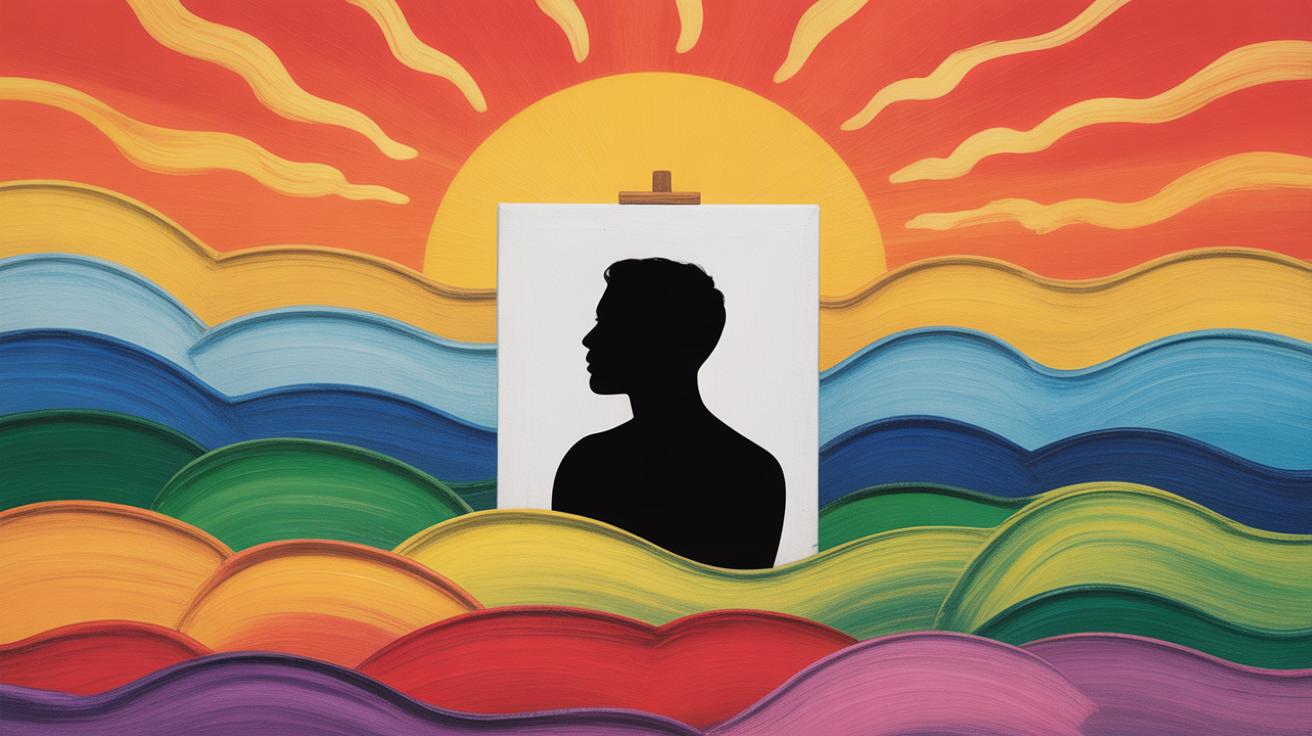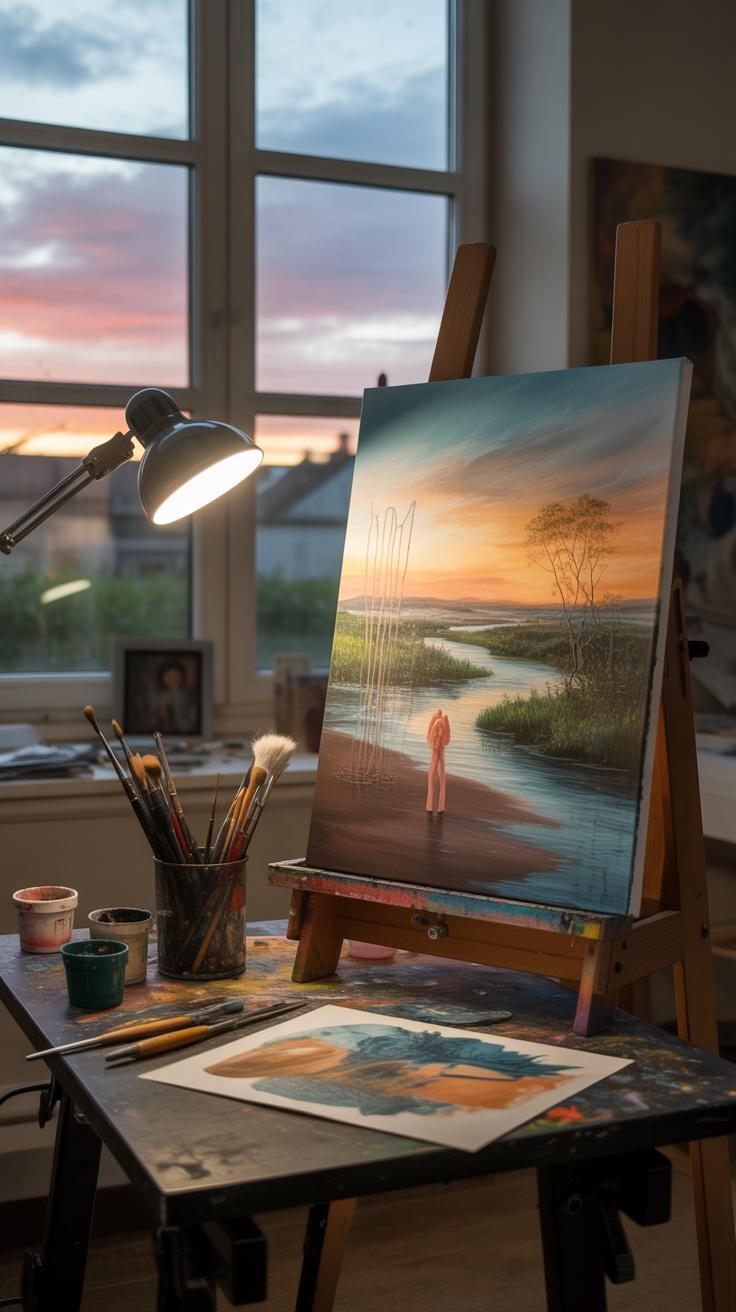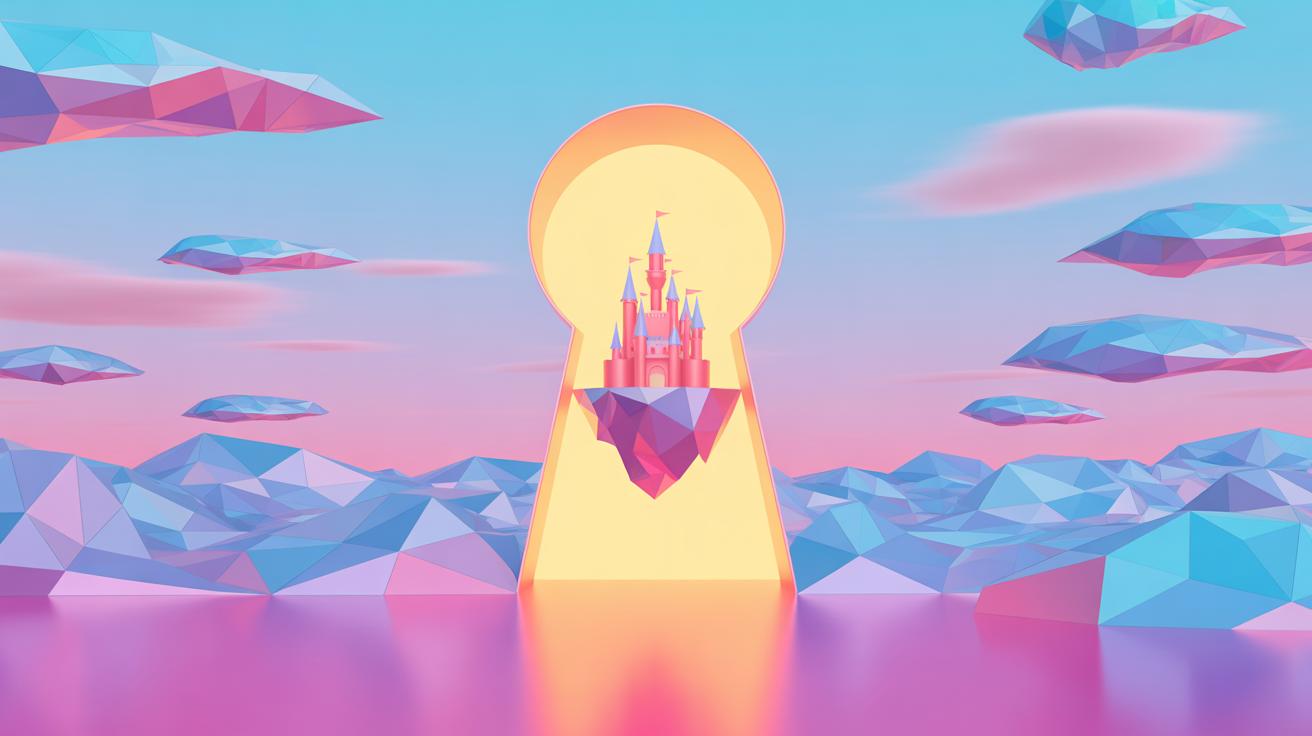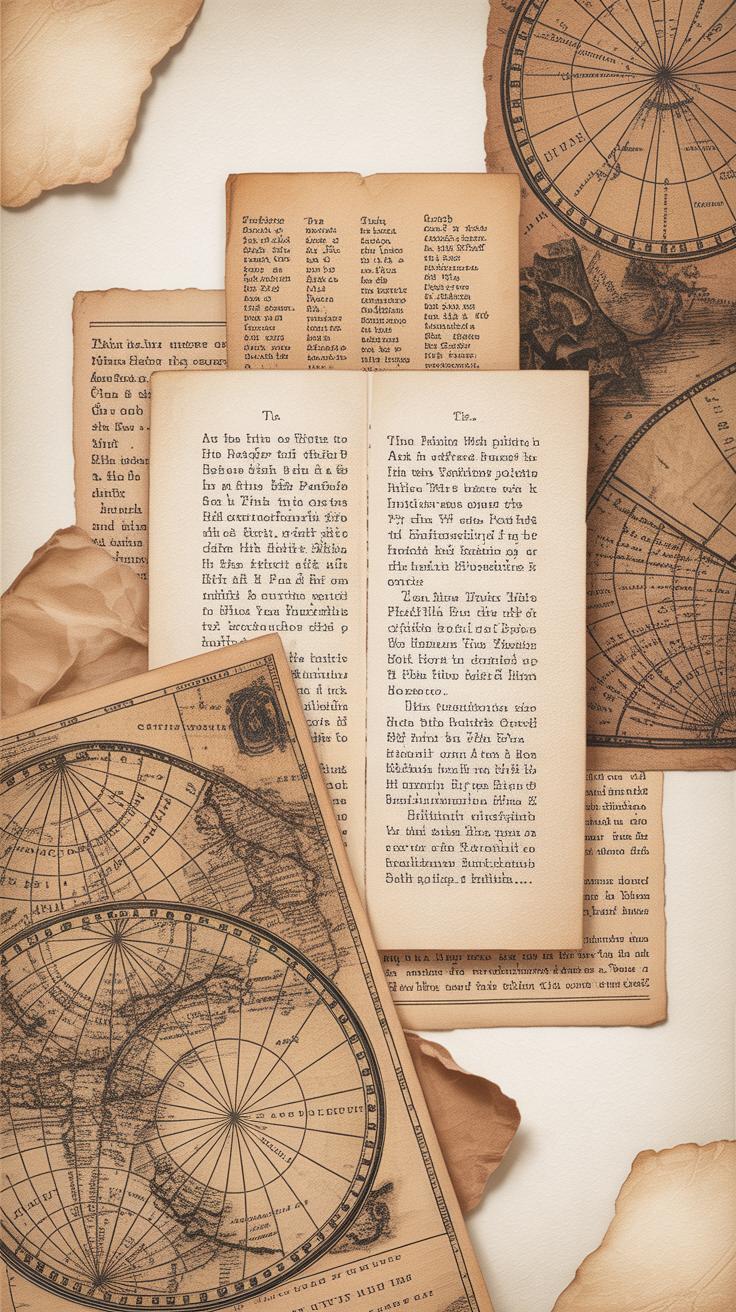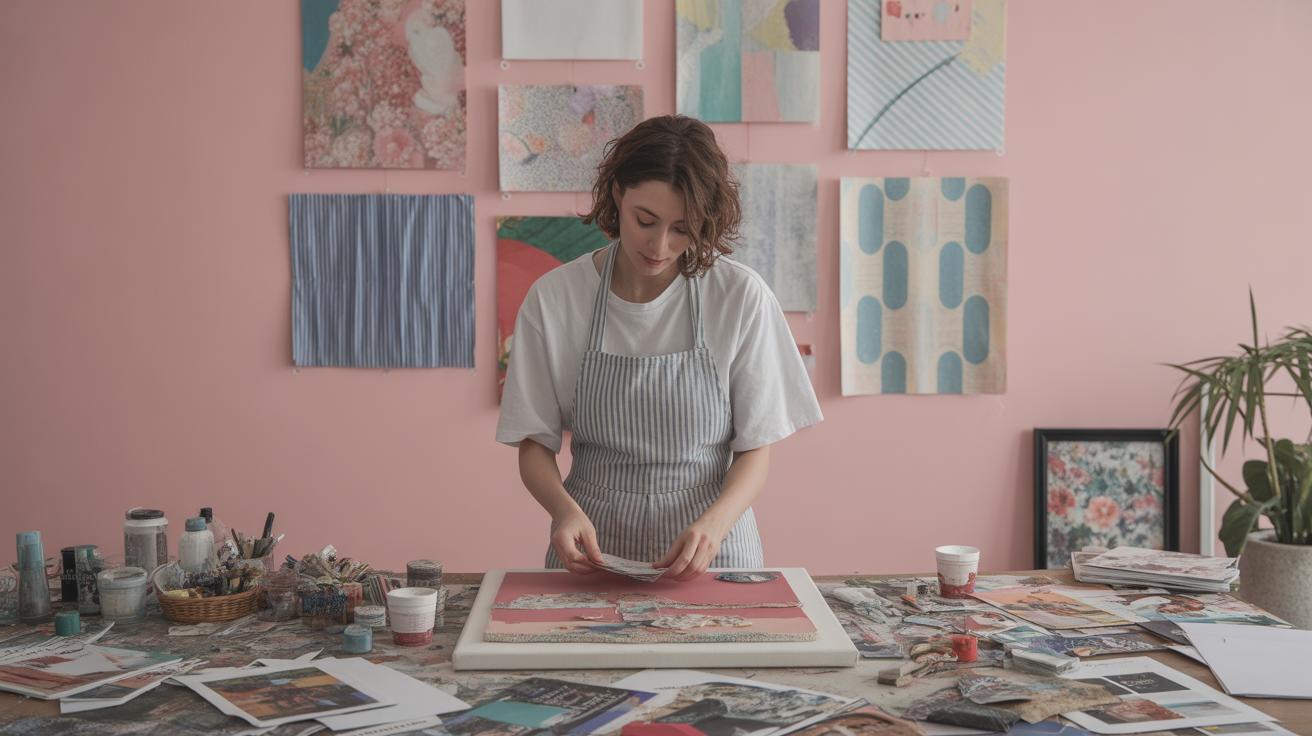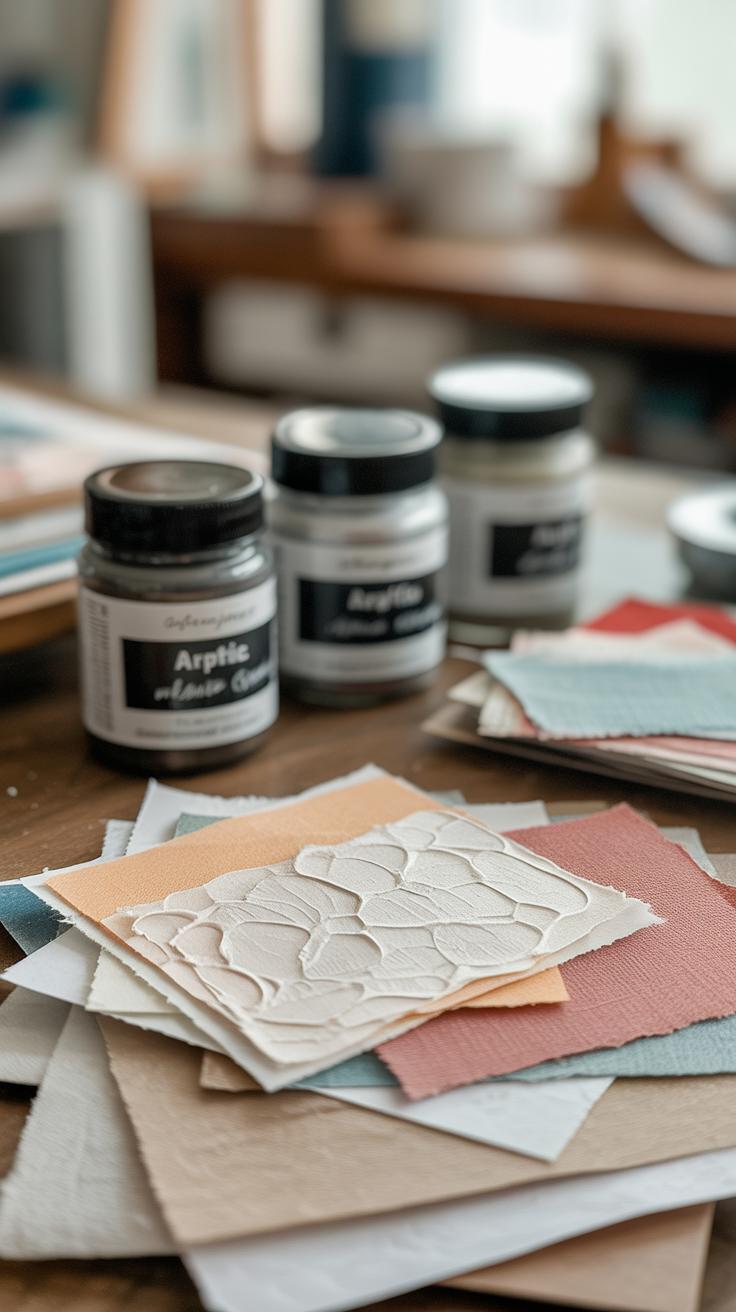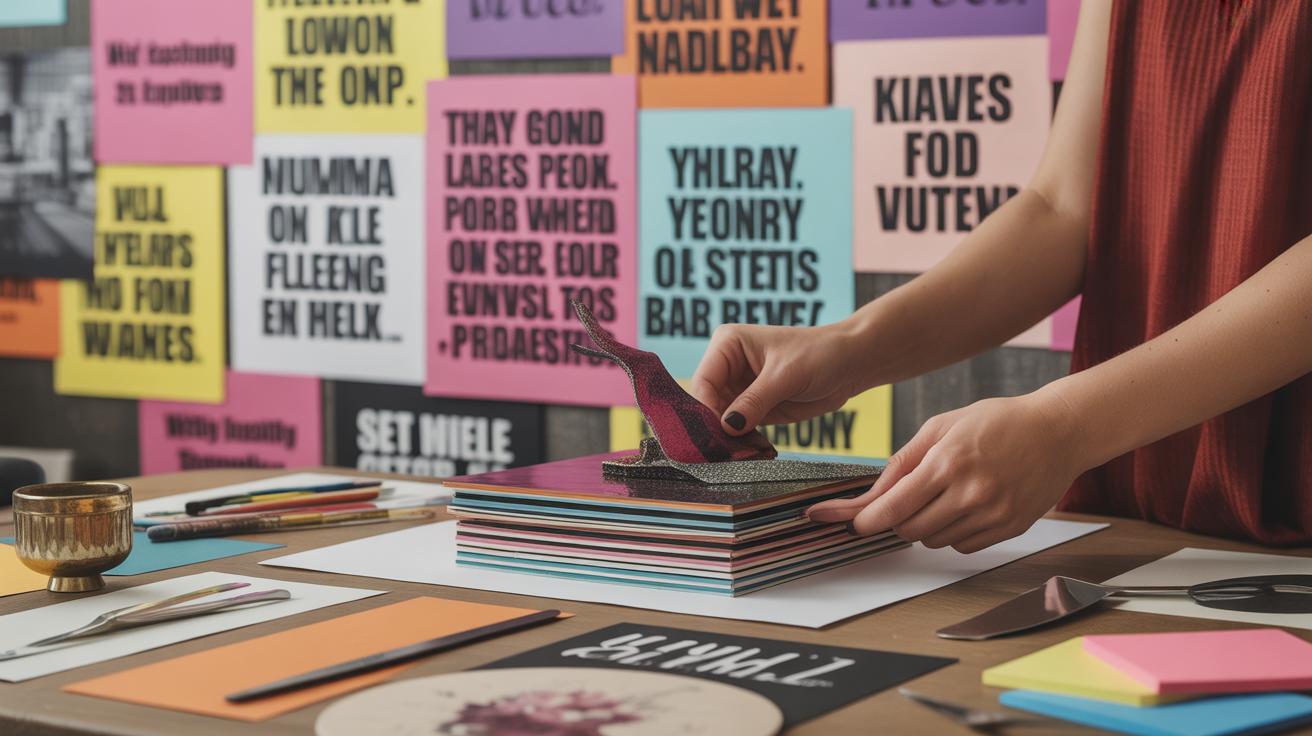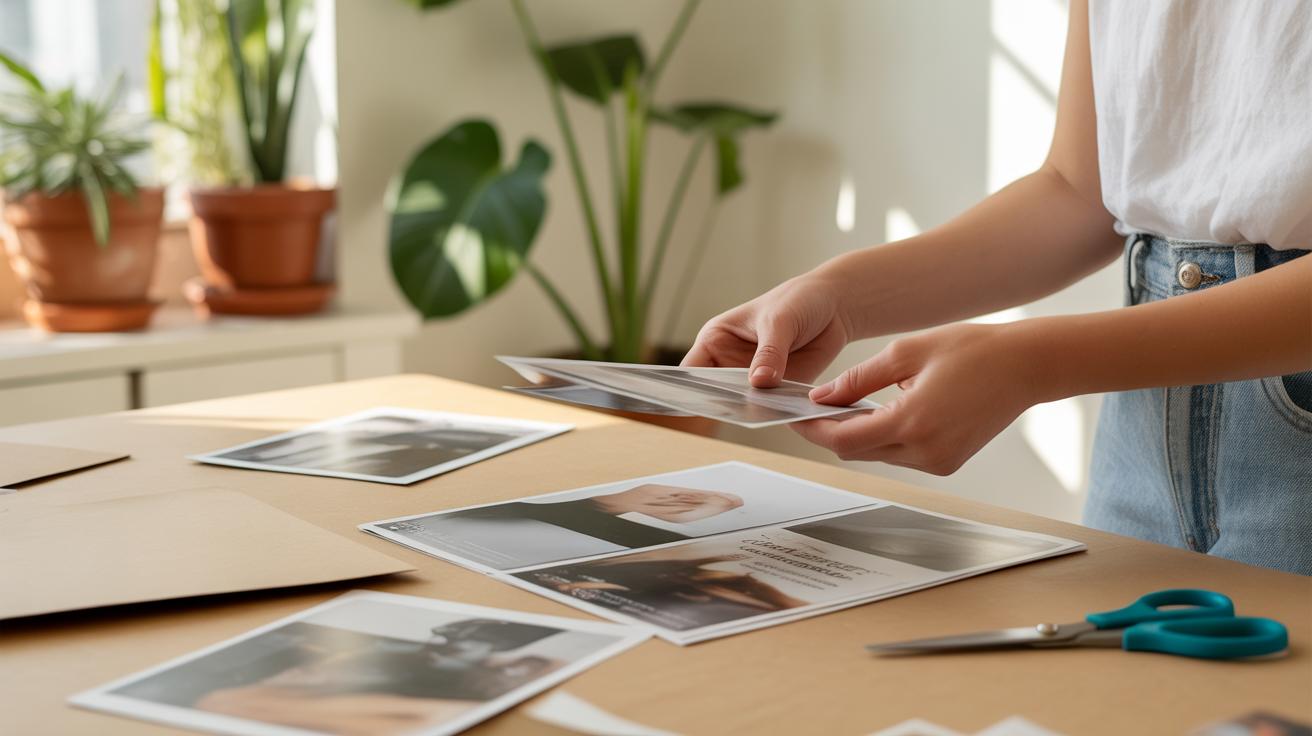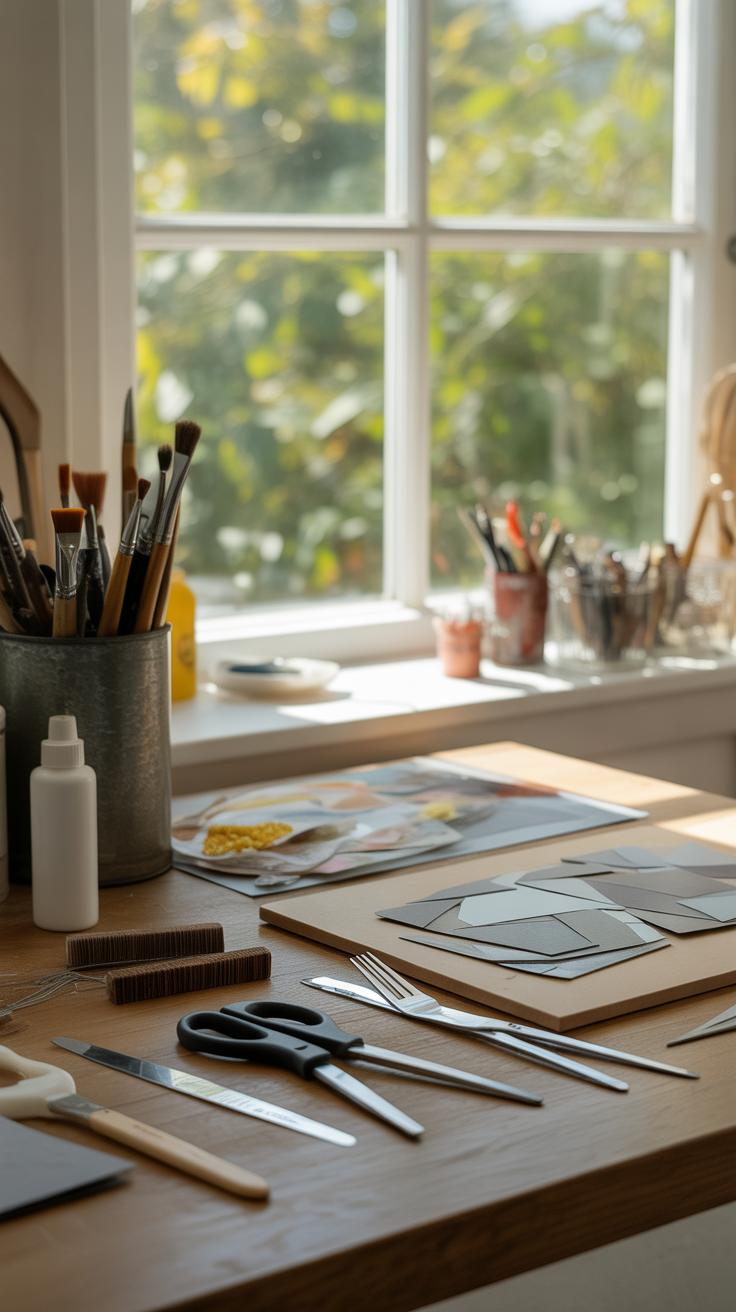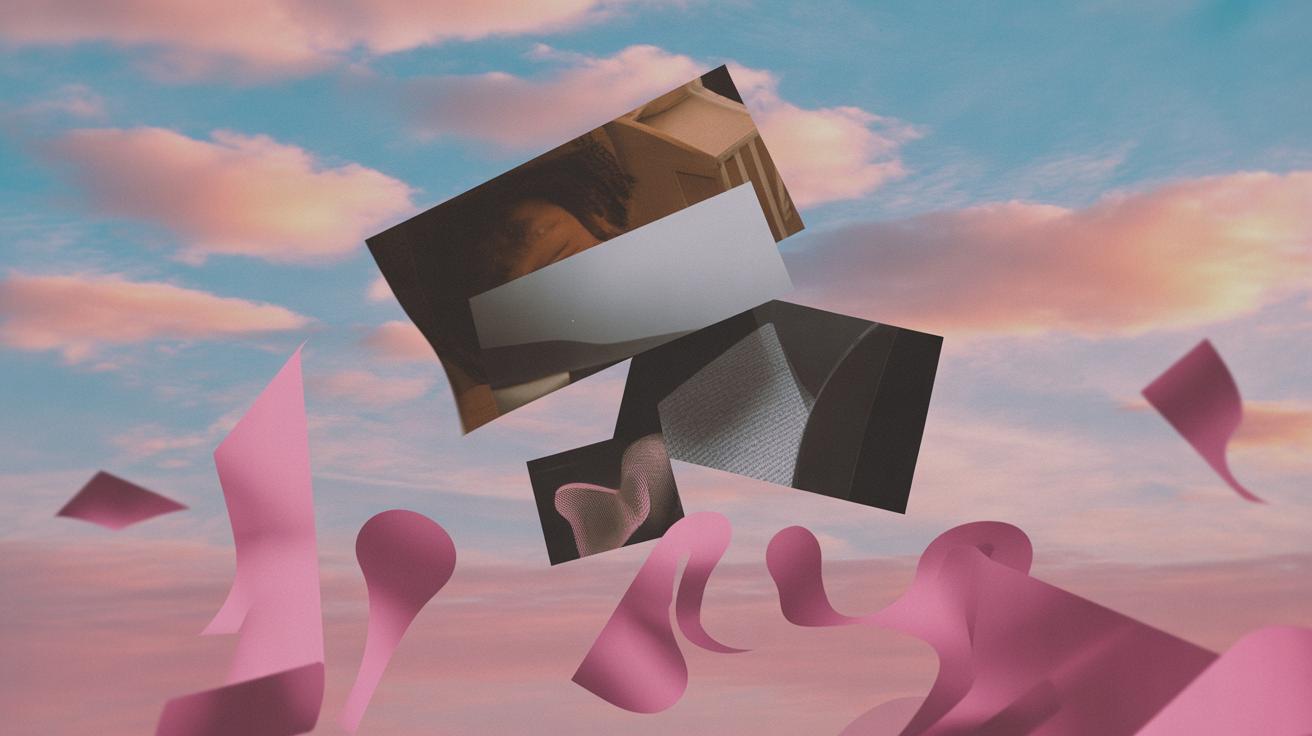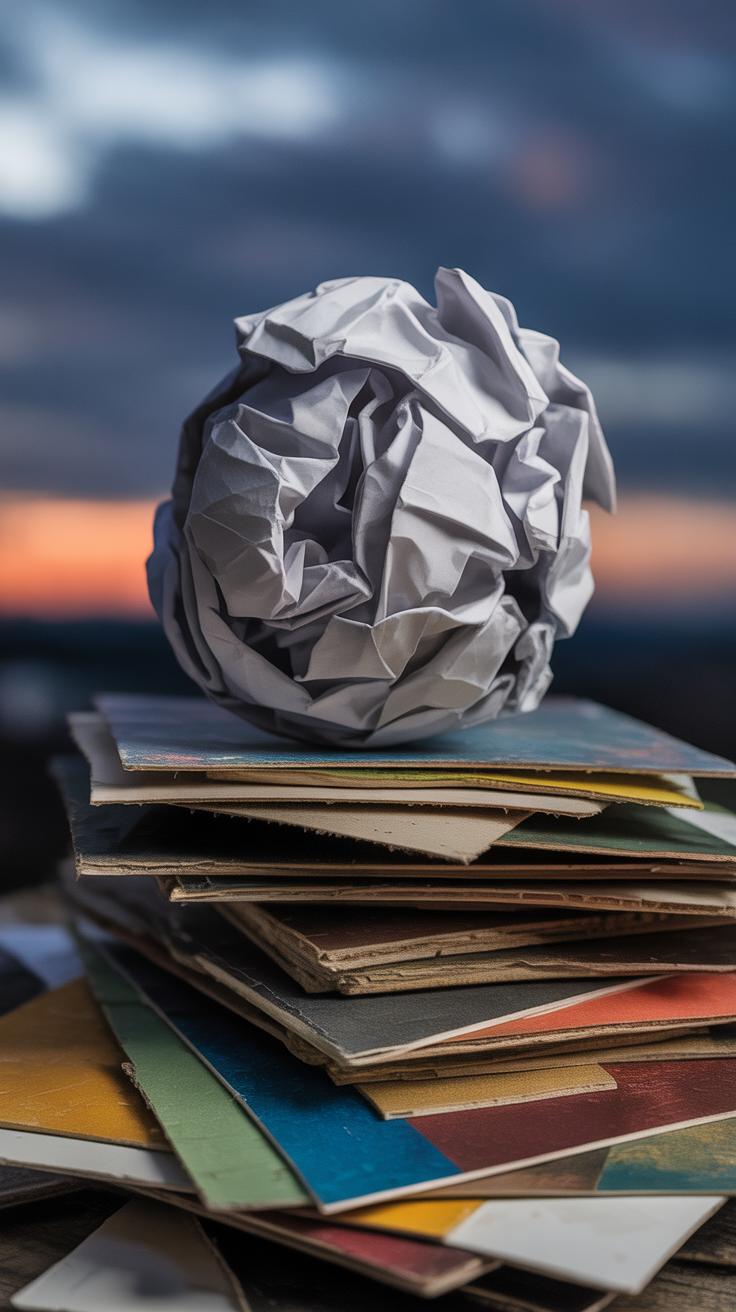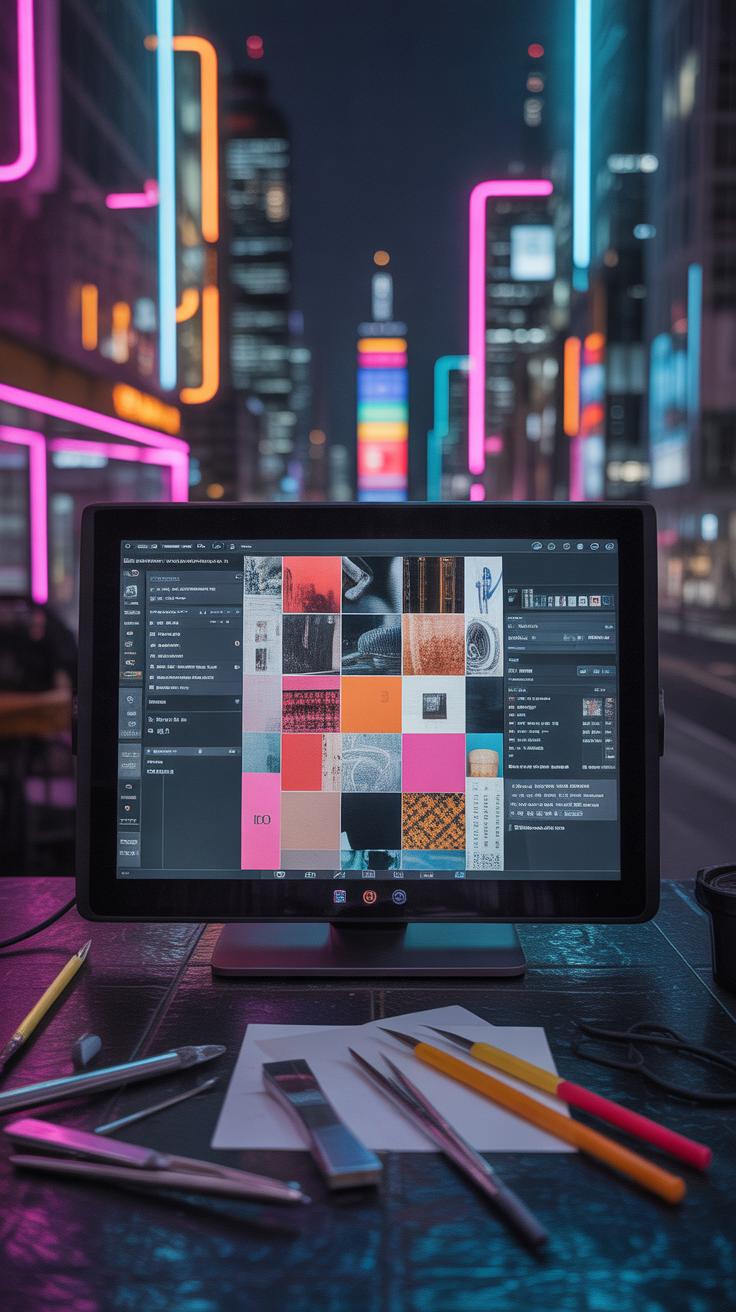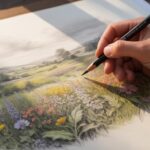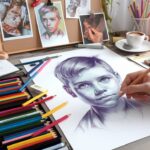Introduction
Surreal collage is a unique art style where artists combine elements that often come from dreams or imagination to create new and surprising images. This method uses many parts like pictures, paper pieces, and paint to form artworks that seem to blend reality with fantasy.
This article explores different styles of surreal collage, how artists make them, and why they can feel like stepping into a dream. You’ll learn about the history, creative techniques, and famous artists who shape this fascinating art form.
History of Collage and Surrealism
Early collage methods and their evolution
Collage as an art form goes further back than you might expect. Even ancient cultures pasted fragments of materials like shells, stones, or textiles onto surfaces to create decorative works. It wasn’t always called collage, of course, but the basic idea—combining diverse elements into a single composition—has been around for centuries. In the early 20th century, artists began experimenting more deliberately with paper, photographs, and found objects, pushing collage into modern art’s spotlight. Picasso and Braque, for instance, introduced pasted paper in Cubism, opening doors to new ways of seeing. From rough cut-outs glued to canvases, collage gradually expanded into a flexible tool for layering meaning and texture.
What’s interesting is how the technique shifted from being simply decorative to a form of expression that questions reality itself. Did you ever wonder why some collages feel so fragmented yet strangely coherent? That tension has its roots in these early steps.
Surrealism’s rise and impact on collage
The aftermath of World War I left many artists disillusioned, searching for new ways to express fragmented realities and hidden fears. Surrealism arose as a response, aiming to tap into the unconscious mind and dreams. It rejected rationality and embraced illogical, unexpected combinations. Collage fitted perfectly into this mindset—it allowed artists to assemble images without traditional narrative or logic.
Surrealist artists used collage to explore juxtapositions that felt dreamlike or eerie. By cutting and pasting unrelated images, they created strange, often unsettling scenes that made you question what you were seeing. Think about Max Ernst’s collages, where birds might morph into machine parts or human faces blend with nature in uncanny ways. It’s as if collage became a means to visualize the chaos of thought and emotion beneath the surface.
So, surreal collage really started with this fundamental desire: to blend the real and the unreal. It borrowed collage’s physical method and surrealism’s psychological approach, forming a style where dream states and conscious detail coexist awkwardly but compellingly. Would you say, then, that surreal collage is less about neat storytelling and more about opening a door to the unexpected?
Key Artists in Surreal Collage
Pioneers of surreal collage
Max Ernst stands out as one of the earliest artists to push collage into surreal territory. His technique often involved taking found images and reassembling them to create strange, unsettling scenes. Take his “Une Semaine de Bonté” for example—it’s packed with bizarre juxtapositions that twist reality in subtle yet unsettling ways. Interestingly, Ernst didn’t just cut and paste; he combined collage with frottage and grattage, textures made by rubbing and scraping surfaces, adding layers of complexity.
Other pioneers like Hannah Höch approached collage through photomontage, blending political critique with dreamlike imagery. Her work feels a bit sharper, a touch more confrontational but no less mysterious. It makes you wonder if surreal collage is about calm dreams or disturbed nightmares—or both at once.
Contemporary artists pushing the style
Now, artists like Eugenia Loli or Maggie Taylor expand surreal collage using digital tools alongside traditional methods. Loli’s pieces, for example, feel like vintage postcards mutated into playful, strange narratives. She layers vintage photos with cosmic elements, making worlds that hover between nostalgia and fantasy.
Maggie Taylor creates dreamscapes by combining photography with painting and digital collage. The images often feel familiar yet slippery—as if you almost recognize something but can’t quite place it. Her work invites you to pause and wonder what lies just beyond clear vision. It’s interesting how these artists keep the medium fluid, never quite deciding whether it’s photography, painting, or something else.
Artists today are experimenting with themes like identity and memory, using collage to question how we build ourselves piece by piece. I think surreal collage remains a space where you can step outside logic for a bit, but the artists also bring something personal, sometimes even raw, to the process. And that tension—between dream and reality, chaos and control—is probably what keeps it so captivating.
Materials Used in Surreal Collage
Surreal collage invites a unique mix of materials that can feel both familiar and strange. At its core, the art form relies heavily on found objects and images, which give it a raw, unexpected energy.
Found objects and images
Artists often reach for magazine clippings, old photographs, scraps of paper, or even ticket stubs. These pieces carry stories embedded in their textures and tones, sometimes clashing or blending in surprising ways. Think of a faded family portrait cut out and placed beside a vintage advertisement. That tension—between the known and unknown—pulls you deeper into the artwork’s mood.
Using found items encourages spontaneity. You might stumble upon a random image that feels like a puzzle piece to your dreamlike vision. Often, these materials aren’t pristine; torn edges or yellowed paper add a kind of haunting imperfection. This imperfection can make or break the piece, depending on the feeling you want to evoke.
Adding paint and textures
Beyond paper cuts, many surreal collage artists work paint into their compositions. Acrylic, watercolor, even oil paint can transform flat images into dynamic moods. Paint lets artists add shadows, highlights, or blur lines, creating a blend that paper alone can’t achieve.
Textures like fabric or textured paper introduce another dimension, literally. A strip of lace or rough burlap interrupts smoothness and invites touch, or at least the illusion of it. The emotional tone of the piece can hinge on such details—a soft velvet patch might soften an otherwise jarring image, while rough burlap can create tension.
Mixing textures and paint also allows for layering—both visual and emotional. You start to sense depth, like looking through layers of a dream. Some artists even embed small objects or fragments into their collage, which can evoke curiosity or discomfort, depending on how it’s done.
So, what materials resonate most with you when piecing together your surreal worlds? The choice isn’t trivial—it shapes the rhythm and mood of the whole work.
Techniques to Create Surreal Collage
Selecting and preparing collage elements
You start with choosing the right materials. This might sound obvious, but it’s more complicated than simply picking nice images. Artists often hunt for elements that contrast or oddly complement each other—like a vintage photo of a cityscape next to a bizarre animal head. Sometimes, tearing or cutting edges roughly adds texture that feels more spontaneous, almost like the dream is still unraveling.
Preparation matters too. You might want to flatten pages, adjust colors with paints or digital tools, or even photocopy and manipulate images before cutting. Some artists spend hours sorting through magazines, fabric scraps, or printed textures, while others create original drawings to mix in. The challenge is balancing randomness with intention. What feels like a random piece might become key once it’s in place.
Arranging and gluing pieces creatively
Once elements are chosen, arranging them is where surrealism truly takes form. You don’t just place objects side by side. No, you experiment with scale, overlap, and unexpected juxtapositions. Maybe a human hand is replaced with a flower or a clock melts over a book. The goal is often to surprise yourself as much as the viewer. This step can feel like playing a puzzle—except the pieces don’t quite fit, and that’s the point.
Fixing them in place requires patience. Some artists prefer glue sticks for quick adjustments, while others use stronger adhesives for durability. Layering is common, so you might glue one piece, then add semi-transparent papers or fabrics over it, giving depth. Sometimes, artists pause repeatedly, stepping back to see if the collage still invokes that curious, dreamlike instability. It’s not just sticking things down; it’s about capturing a flicker of something elusive.
How Dreams Inspire Surreal Collage
Dreams serve as a rich well of inspiration for surreal collage artists. They tap into a world where logic loosens its grip, and unexpected combinations emerge naturally. Through imagination, artists capture these fleeting images or feelings and reimagine them on canvas. Sometimes this process is deliberate—other times, it’s almost accidental, sparked by a vague memory or emotion.
Common dream symbols often appear in surreal collages. These include clocks that melt or pause time, eyes that watch from unusual places, or animals behaving oddly. Such motifs reflect deeper themes like identity, perception, or fear. For example, a butterfly might symbolize transformation but also fragility—an ambiguity that invites the viewer to wonder.
Artists mix real photographs, magazine cutouts, or printed textures with invented elements. This blend gives their work an uncanny effect—familiar yet strange. A human form might merge with mechanical parts or drift inside a floating island. The tension between reality and fantasy invites questions rather than clear answers, making the collage both intriguing and unsettling.
What draws you to a dream’s imagery might be personal or unclear even to the artist. But that uncertainty fuels creativity. The way surreal collages straddle different worlds lets artists explore ideas that feel just out of reach in waking life. Somehow, this marriage of the real and the imagined keeps the art alive and endlessly surprising.
Practical Tips for Starting Surreal Collage
Starting a surreal collage might feel a bit overwhelming at first, but it doesn’t have to be complicated. The key is to keep things simple and let your intuition guide you. You don’t need fancy tools—just gather what you have around. Old magazines, books, newspapers, postcards, even scraps of fabric or receipts can work. Sometimes, I find just flipping through random images sparks ideas I hadn’t thought of before.
Look for inspiration everywhere. Maybe things that don’t typically belong together, like a photo of an animal mixed with patterns from wallpaper, could make an odd but interesting combo. Don’t hesitate to save images or textures from the internet, print them out, and experiment.
When you’re ready, try these basic steps:
- Pick a background—paper, cardboard, or canvas
- Cut out images or patterns that catch your eye
- Arrange them loosely without glue, move pieces around until something feels right (or strangely off, which can be good)
- Once satisfied, glue the pieces down carefully but don’t fret if it’s not perfect
- Consider adding small doodles or text to deepen the story
Remember, surreal collage is about exploration and surprises. There’s no single right way. So try out your weird ideas, pause to reflect on what you’ve created, and then maybe even take it a step further. You might find that mistakes or unexpected cuts lead to the most interesting effects.
Challenges in Surreal Collage Art
Finding the right balance of surreal elements
Mixing surreal elements in a collage can feel like a tightrope walk. You want to create something intriguing, not overwhelming. Sometimes, adding too many images creates confusion rather than curiosity. I recall working on a piece where I crammed in countless odd objects—I thought the chaos would be captivating, but it ended up distracting. It’s tricky to find that sweet spot between too sparse and overdone.
Keeping focus helps. Ask yourself: what’s the main idea? Which images emphasize that? Limiting the number of elements can actually give the collage more impact. Also, consider how each piece interacts with the others. If several images compete for attention, maybe it’s time to remove or resize some. The goal is a visual dialogue, not a shouting match.
Techniques for smooth integration
Blending and layering are tools you can’t ignore when assembling surreal collages. But using them well takes practice. I’ve seen artists struggle with rough edges or awkward overlaps that break the illusion. One method that helped me was using gradual transitions—softening edges rather than hard cuts—so images melt together naturally.
Layering lets you build depth by placing images strategically—foreground, midground, background. This can guide the viewer’s eye gently through the piece. Shadows and color adjustment also play a role in creating unity. Sometimes, even slight tweaks to brightness or texture make separate parts feel like one coherent whole. Experimentation is key here: don’t be afraid to try different blending modes or layer transparencies until something clicks.
Do you ever find yourself staring at your collage, unsure if it feels too busy or just right? That hesitation is normal. With surreal collage, it’s part of the process, navigating between chaos and clarity.
Surreal Collage in Modern Culture
Surreal collage has seeped into various corners of modern culture, reshaping how we see art and media today. You can’t overlook its impact, especially in advertising and design, where strange juxtapositions often grab attention in ways traditional visuals might not. Think about campaigns that mix unexpected elements—like a luxury watch fused with organic plant life or a cityscape sprouting from a human head. These visuals don’t just sell products; they provoke curiosity, asking viewers to engage more deeply.
Brands like Prada and Gucci have sometimes used surreal collage techniques in their visuals, playing with scale and bizarre combinations to strike a unique mood. Their ads feel less like ads and more like little puzzles or dreams, which makes you pause. Sometimes it works brilliantly; sometimes, well, it just makes you wonder what exactly they were trying to say.
On the digital front, digital tools have opened up surreal collage into near-limitless possibilities. Software like Photoshop and apps tailored for mobile let artists combine images, textures, and effects effortlessly, creating something visually complex in no time. Social media platforms are the playground for these creations, with Instagram and TikTok fueling rapid experimentation. Artists share quick edits or detailed pieces alike, sparking trends while keeping the style fluid and constantly evolving.
- Surreal collage in branding often involves mixing unrelated visuals to evoke emotions rather than straightforward messaging.
- Advertising leans on surrealism to stand out against the flood of conventional imagery.
- Digital tools enable rapid layering, masking, and blending, making complex compositions accessible to many creators.
- Social platforms provide instant feedback and spread surreal collage styles widely, encouraging fresh approaches.
Still, surreal collage in modern culture feels a bit like walking a tightrope between the bizarre and the meaningful. Sometimes it dazzles, other times it perplexes. But maybe that’s its charm. It invites us to question what’s real, what’s a dream, and where the borders blur in both art and everyday life.
Your Journey with Surreal Collage
Surreal collage invites you to step into a strange, personal world—one that only you can shape. Finding your own surreal voice doesn’t come from copying others, but from trusting the odd, half-formed images your mind holds onto. Maybe an old photograph from your childhood or that feeling you can’t quite put into words—these become the building blocks of your work.
Try to keep a journal or sketchbook where you note fleeting dreams, emotions, or random thoughts. These fragments often hold more meaning than you might expect. When you cut and paste, let your intuition lead rather than trying to force a story. You might surprise yourself with what emerges.
Sharing your work can feel awkward at first, yet it’s one of the best ways to grow. Look for local art groups or online communities focused on collage or surreal art. Feedback isn’t just about critique; it can spark new ideas or push you to see your pieces differently. I remember feeling stuck until someone pointed out a connection in my chaotic images I never noticed myself. That moment changed everything.
Consider collaborating or hosting small exhibits. Surreal collage thrives on unexpected combinations, including connections between artists. What connections or conversations could your art open up? Sometimes, sharing isn’t just about exposure but about discovering your style in the echo of others’ work.
Conclusions
Surreal collage invites you to see art through a new lens. It mixes fragments of real objects and dreamlike ideas to create something fresh and engaging. By understanding its history and techniques, you can appreciate each piece more deeply.
Whether you are an artist or a lover of art, surreal collage shows how imagination and everyday materials can come together on canvas. It encourages you to think creatively and embrace unexpected connections in your own work and daily life.
